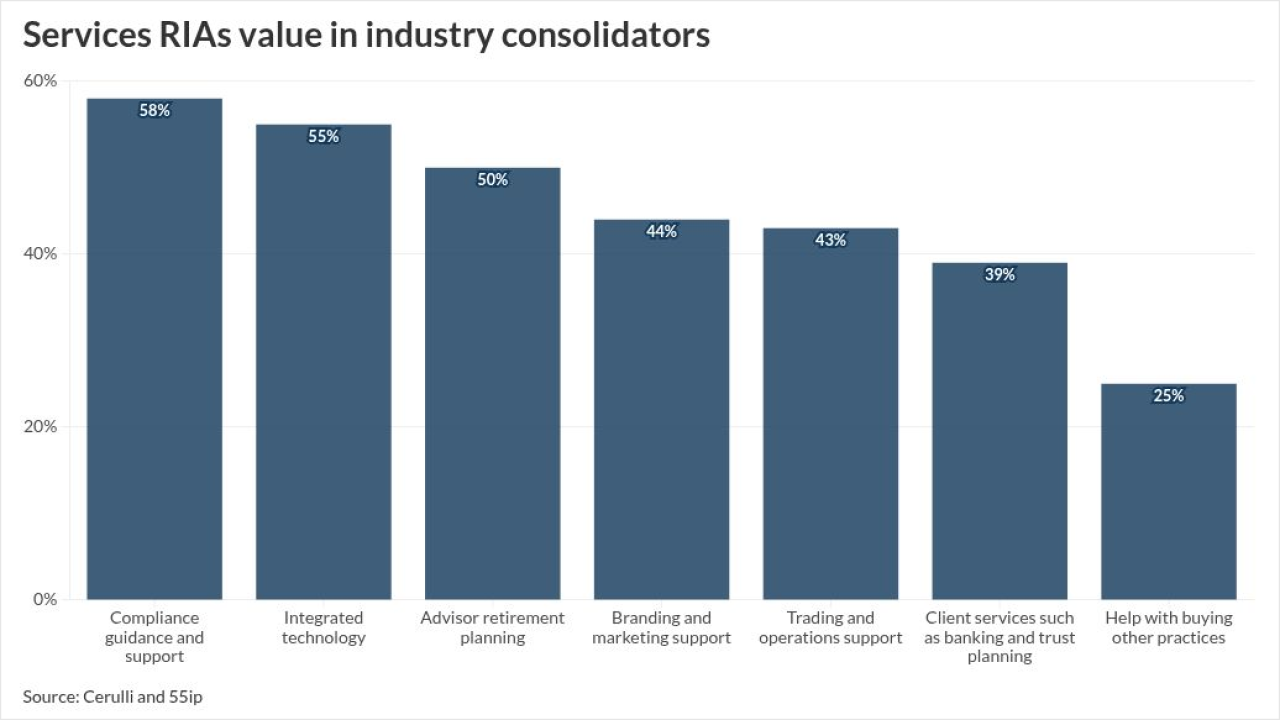Not too long ago I was drilling my students — I teach financial planning and practice management as a visiting lecturer at Texas A&M University — on the art of delivering the 30-second elevator pitch to prospective clients. We covered hooks, transitions, posture, poise and timing; we practiced one-liners and value propositions. Then a student asked, "What's your elevator pitch?" and I froze.

Because the truth is, I don't use one anymore.
Back when I worked for broker-dealers I had it down cold: firm name, title, differentiators, credentials. It sounded impressive, but also safe and never quite like … me. It only was after I became a CFP and started my own RIA that I gave the best elevator pitch of my life.
Ironically, I delivered it coming out of anesthesia after gallbladder surgery. Apparently, I wouldn't stop rambling on about how I change people's lives. When I was coherent enough, the nurse smiled and asked, "What do you do for a living?" I told her that I work in financial planning. But then, instead of reciting my credentials, I noticed the multiple Daisy Award decals on her name tag — the kind nurses earn for extraordinary compassion and care — and told her how impressive that was, and how much she must love what she does.
"I do," she said, "because I get to take care of people."
I nodded. "So do I — I just do it with their finances."
READ MORE:
Trust, not tactics
That's when everything changed. She looked at me and admitted something she hadn't told anyone at work: She'd been thinking about retiring. The long shifts, the pressure and the staffing shortages were all catching up to her. She wanted to step away someday, but didn't know if she could afford to. She told me she had a 401(k) and asked:
What followed wasn't a pitch. It was a
I pointed to my husband and said, "He has my phone." He helped her schedule a meeting. Then we talked about which documents to gather, her goals, her husband and her children. We talked about my babies and about how I found this profession. Not once did I feel like I was soliciting business. She was caring for me, and I was doing what I could to care for her.
That's what connection looks like.
READ MORE:
Lead by listening
In a 2023 Morningstar survey, 72% of clients reported that feeling emotionally connected to their advisor was more important than investment returns in determining their satisfaction level. Yet most wealth management elevator pitches focus on credentials, not connection. That's the disconnect.
I still believe students should know how to speak with clarity. But now instead of teaching them to lead with a title, I tell them to lead with truth. Here's the four-part framework I use:
- See the person:
Look and listen for a human point of contact. - Name what matters: Reflect their concerns back to them to show you've heard them.
- Connect your work to their concerns: Concentrate on their goals, not yours.
- Talk less: Let them ask the next question.
That's not a script, it's a mindset. The nurse who cared for me didn't need a sales pitch. She needed to feel seen, understood and supported. So do your clients. That's the heart of this work, and no elevator pitch will ever replace it.





